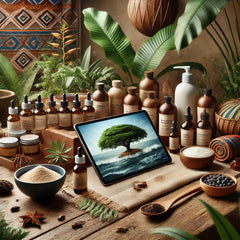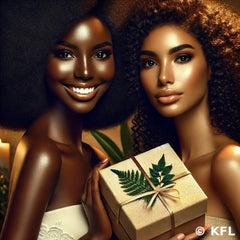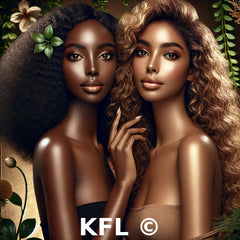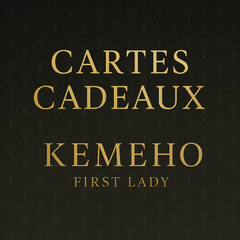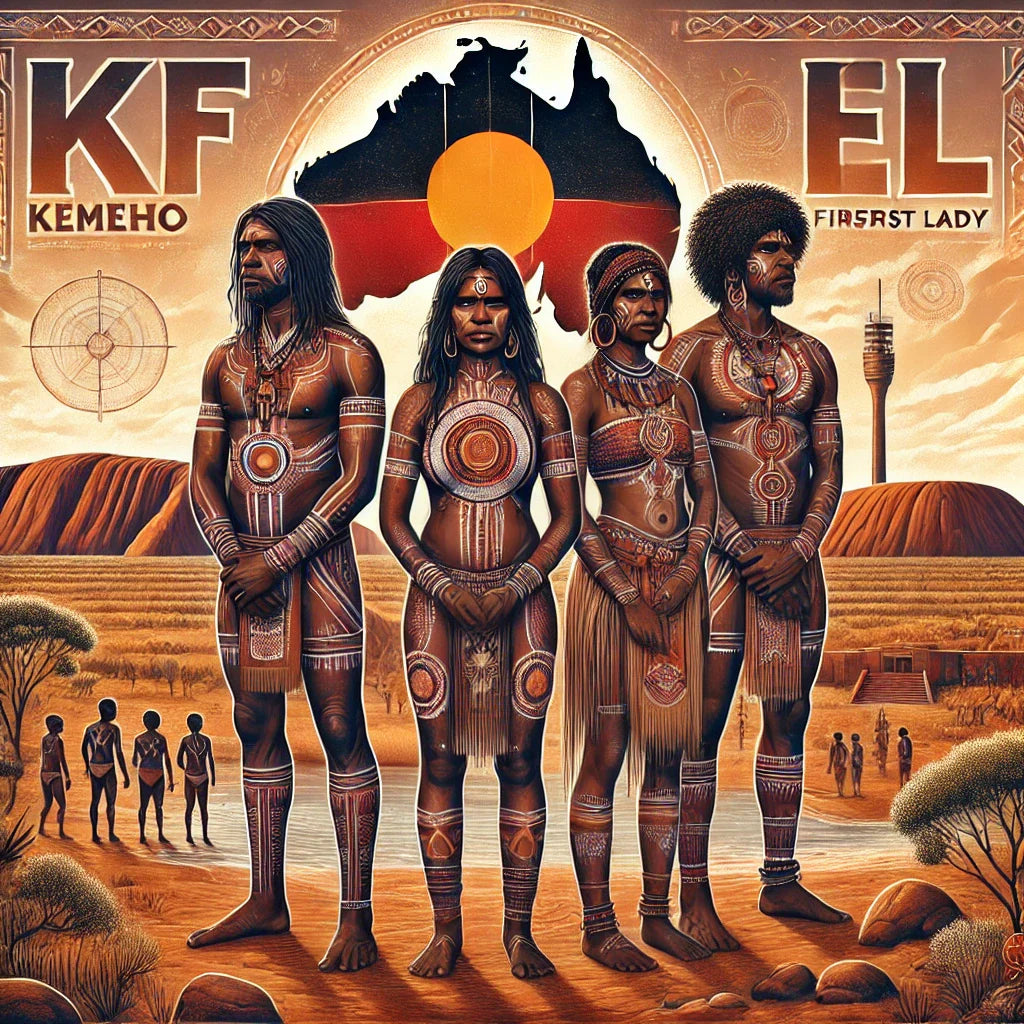
Black Aboriginal Australians: History, Culture, and Contemporary Realities
Share Label
The Aboriginal peoples of Australia are the continent’s original inhabitants, having lived there for over 65,000 years. Although they are not Afro-descendants, their physical characteristics—dark skin, curly or wavy hair—have often drawn comparisons to Black African peoples. However, their history, culture, and identity are unique and deeply rooted in the Australian land. Today, they continue to fight for recognition of their rights and preservation of their heritage.
- Origins of the Aboriginal People: An Ancient Civilization
The Aboriginal peoples arrived in Australia over 65,000 years ago, long before human migrations to Europe and the Americas.
- They are part of the earliest groups of humans to leave Africa, but they followed a different migratory path.
- Genetic studies show ancient links with the indigenous peoples of Papua New Guinea and Pacific islands, distinct from African peoples.
- Their presence in Australia predates the last Ice Age, making them one of the world’s oldest continuous civilizations.
- A Rich and Spiritual Culture
Aboriginal peoples possess a culture profoundly connected to nature and spirituality:
- The Dreamtime: Central to Aboriginal spirituality, the Dreamtime recounts the creation of the world and living beings by ancestral spirits. It forms the foundation of traditions, rituals, and the transmission of knowledge.
- Rock Art: Thousands-of-years-old paintings and carvings reflect their worldview, depicting animals, ancestors, and spiritual events.
- Languages: Over 250 Aboriginal languages existed at the time of European colonization. While many are now endangered, efforts are underway to revitalize them.
- Traditional Music and Dance: Songs preserve their collective memory, and the didgeridoo, an iconic instrument, often accompanies ceremonies.
- The Impact of Colonization and Enduring Injustices
The history of the Aboriginal peoples is marked by centuries of oppression:
- British Arrival in 1788: Colonists declared Australia Terra Nullius (“land belonging to no one”), disregarding Aboriginal land rights. Thousands were massacred, displaced, and deprived of their traditions.
- The Stolen Generations: Until the 1970s, thousands of Aboriginal children were forcibly removed from their families and placed in Western institutions, aiming to assimilate them and erase their culture.
- Ongoing Discrimination: Today, Aboriginal peoples remain one of Australia’s most marginalized groups, facing high unemployment rates, poor health outcomes, and limited access to education.
- Resistance and the Fight for Recognition
In the face of injustice, Aboriginal peoples have mounted numerous struggles:
- Legal Recognition: The 1992 Mabo case overturned Terra Nullius and acknowledged Aboriginal land rights. While some land has been returned, the process remains slow and complicated.
- Civil Rights Movement: Inspired by African-American struggles, this movement led to the 1967 referendum, which finally granted Aboriginal peoples full citizenship.
- Art and Culture as Resistance: Many Aboriginal artists use painting, music, and film to amplify their voices.
- Current Challenges and Hopes
Despite progress, challenges persist:
- Racism and Inequality: Aboriginal peoples are overrepresented in prisons and disproportionately affected by police brutality. Their life expectancy is still 10 years lower than that of white Australians.
- Cultural Preservation: Many Aboriginal languages are at risk of extinction. Passing traditions on to younger generations is crucial.
- Political Recognition: Efforts are underway to include Aboriginal peoples in the Australian Constitution. Advocates also call for an official treaty to address historical injustices.
Conclusion
The Aboriginal peoples of Australia are not Afro-descendants, but their shared experiences of resistance, discrimination, and cultural pride resonate with other Black communities worldwide. Their ongoing struggle for recognition and justice, along with their spiritual, artistic, and traditional legacies, highlight the enduring presence of the world’s oldest living civilization. Through their unwavering resilience, they ensure that their rich heritage remains a vital part of Australia’s identity.

